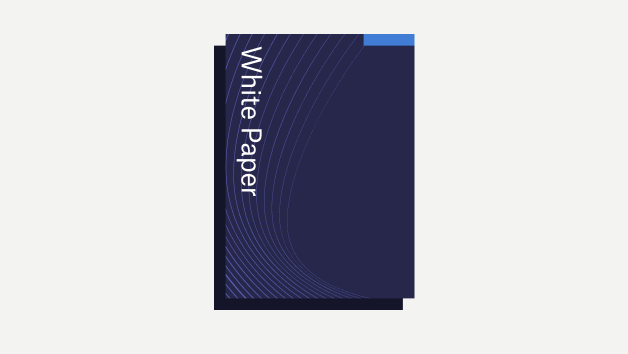Founded in 1977 CFF is responsible for the development, production and worldwide sales of SANACEL® natural dietary fibres. CFF is motivated by the remarkable application diversity of cellulose fibres. Then and now it is the engine for the development and manufacturing of the functional fibre products. Within the business unit Nature the CFF division Food is joined by the divisions Filtration, Pharma, Animal Nutrition as well as Personal & Home Care.
Located in Thuringia, the green heart of Germany, CFF is based in the middle of Europe to quickly deliver all European markets and have easy access to the harbors in the north of Germany. CFF distributes cellulose products from Ilmenau into more than 70 countries around the world. From natural and biodegradable raw materials CFF produces eco-friendly products which remain integrated into the natural cycle – from nature – back to nature.
Since 2018 CFF Belgium N.V. is part of CFF alliance. They manufacture highly functional fibres for food and industrial applications at its manufacturing site in Temse, Belgium. The well-known fibre products from Belgium are provided under the well-established CFF brand name SANACEL®.
SANACEL® food fibres are produced with a high claim to product quality and hygiene. CFF ensure compliance with the FSSC:22.000 and the HACCP concept. Halal and Kosher certification as well as common product documentation are available for all SANACEL® products.
Originally CFF focused on the production of insoluble dietary fibre concentrates like powdered cellulose, wheat, oat, bamboo and sugarcane fibres. Depending on target and type of application, fibre types are used in a size range of 23 µm – 1000 µm. These products are white without odour or flavor, inert, temperature and pH-stable. Their main functionality is a high water and oil binding capacity. They are well known to increase the texture of foods e.g. meat products with low meat content, high starch and fat content, here the fibre can imitate an high quality meat product. The same is possible in 100% vegetarian meat substitutes. Because of the ability to strongly bind moisture, fibre is used to increase freshness of bakery products and breads or simply function as anti-caking agent in spices.
Insoluble fibre concentrates contain at least 96% of dietary fibres. They are able to enhance satiety, stimulate the bowl movement and improve the wellbeing of the gut. Respective research publications show the ability of wheat fibre and oat fibre to increase insulin sensitivity. Therefore insoluble cellulose fibre contribute the prevention of type 2 diabetes, a main risk factor for arteriosclerosis, heart attack or stroke. Nearly 300 Million people suffer from diabetes worldwide, the higher figures in industrialized countries are reflecting the eating habits of too much sugars and fats in common diets as reason of consuming high amounts of processed foods. The WHO (World Health Organization) consider 30 g fibre in a healthy diet. Most people in industrialized countries never reach that target. Besides dietary fibre concentrates CFF also offers complex fibres that naturally contain parts of soluble and insoluble fibre with specific technological functionality or health aspect.
Complex fibres include vegetable fibres like potato and pea fibres or fruit fibres like apple and citrus fibres come with specific flavor and colour profiles.
Vegetable fibres like potato and pea are directly produced after harvesting and have therefore limited seasonal availability. In the orange juice production, orange peels serve as raw material for SANACEL® citrus fibre with high fibre content including functional pectins. Potato, pea and citrus fibre offer very high water binding capacities that increases by high temperatures or by shear processes. They offer viscosity enhancing and emulsion stabilizing properties and are easily mixable with other dry ingredients. By a particularly gentle production from apple pomace SANACEL® apple – an apple fibre is produced. This is a quite brown product, mainly used in dark breads or other bakery products where it contributes to increased baking volumes.
No limitations in the food applications
Not only because of health benefits, but also because of their technological properties it makes sense to combine soluble and insoluble fibres. As already known, the insoluble fibres have the advantage of being able to prevent fat and water separation. Due to the structure they reach temperature stability over a very wide range. This makes the fibres suitable for use in UHT and frozen products. In addition, insoluble components have a texturising function. In contrast to this soluble dietary fibres have the technological advantage of having comparable properties to hydrocolloids. They have the ability to develop a 3-D network, whereby a gel is a gel is formed and a high viscosity is achieved.
SANACEL® add fibre blends are developed according to individual product requirements, recipe guidelines or targets in close cooperation with the needs of the customer.
The business unit Food became up to now one of the fastest growing businesses at CFF thanks to the strong development of cost-effective and quality enhancing solutions offered by the versatile SANACEL® dietary fibre range.



